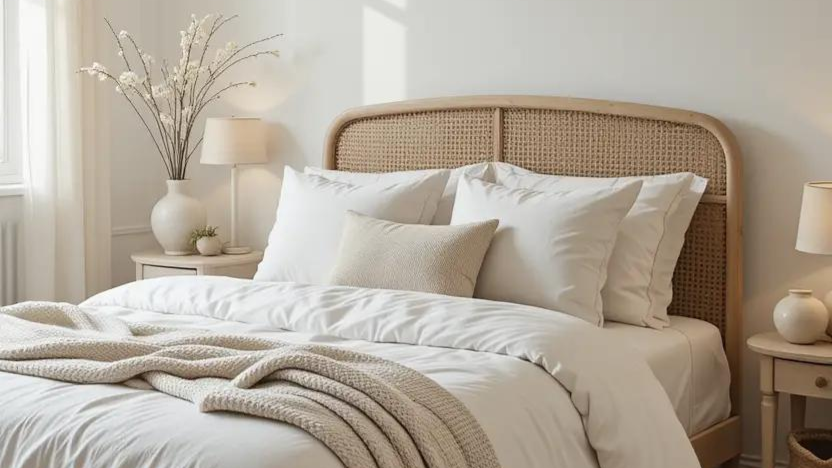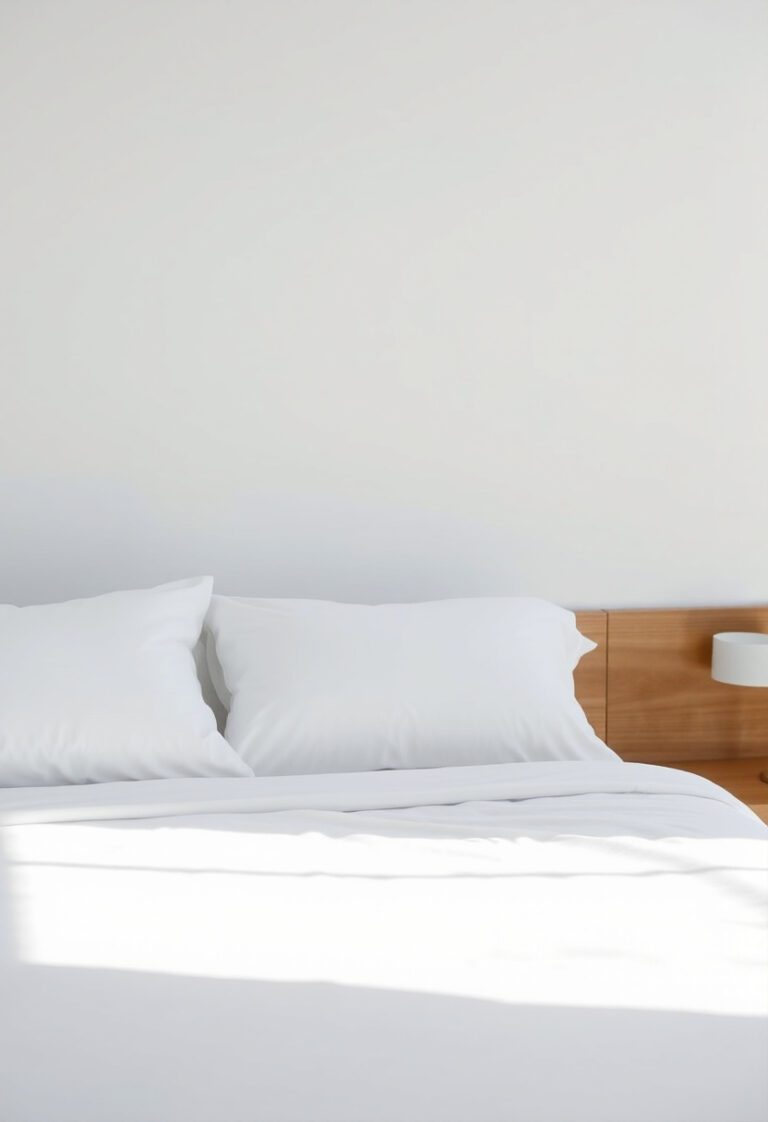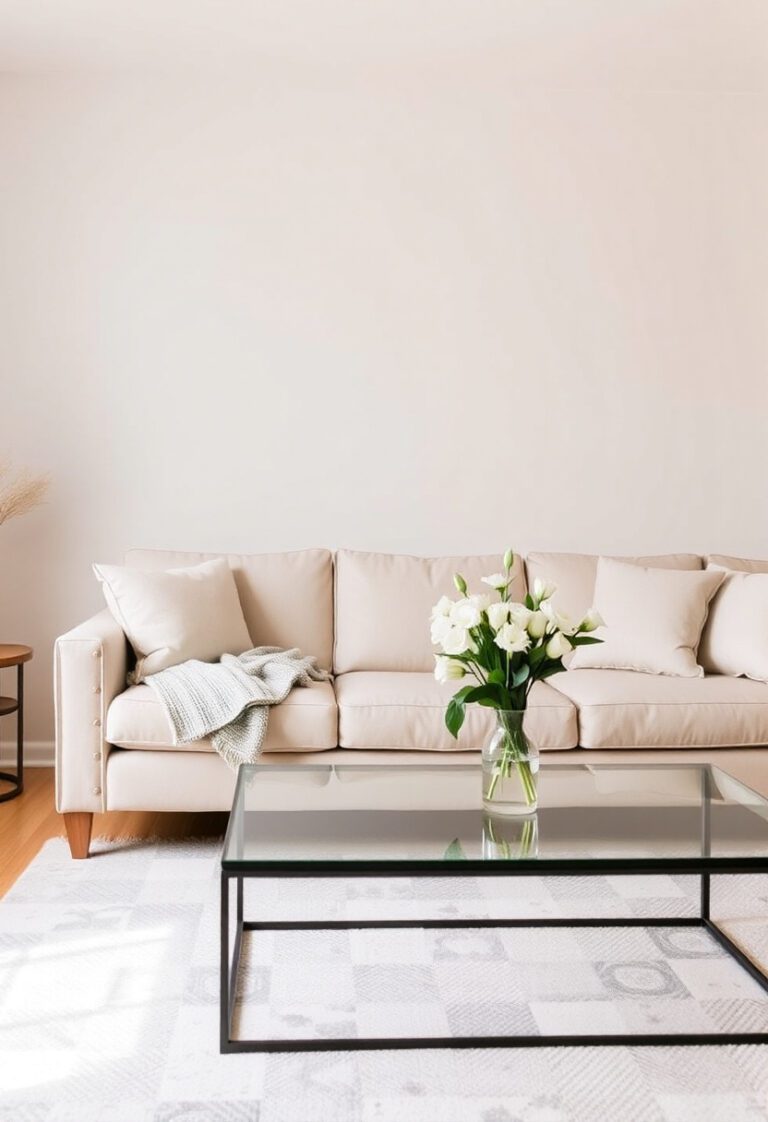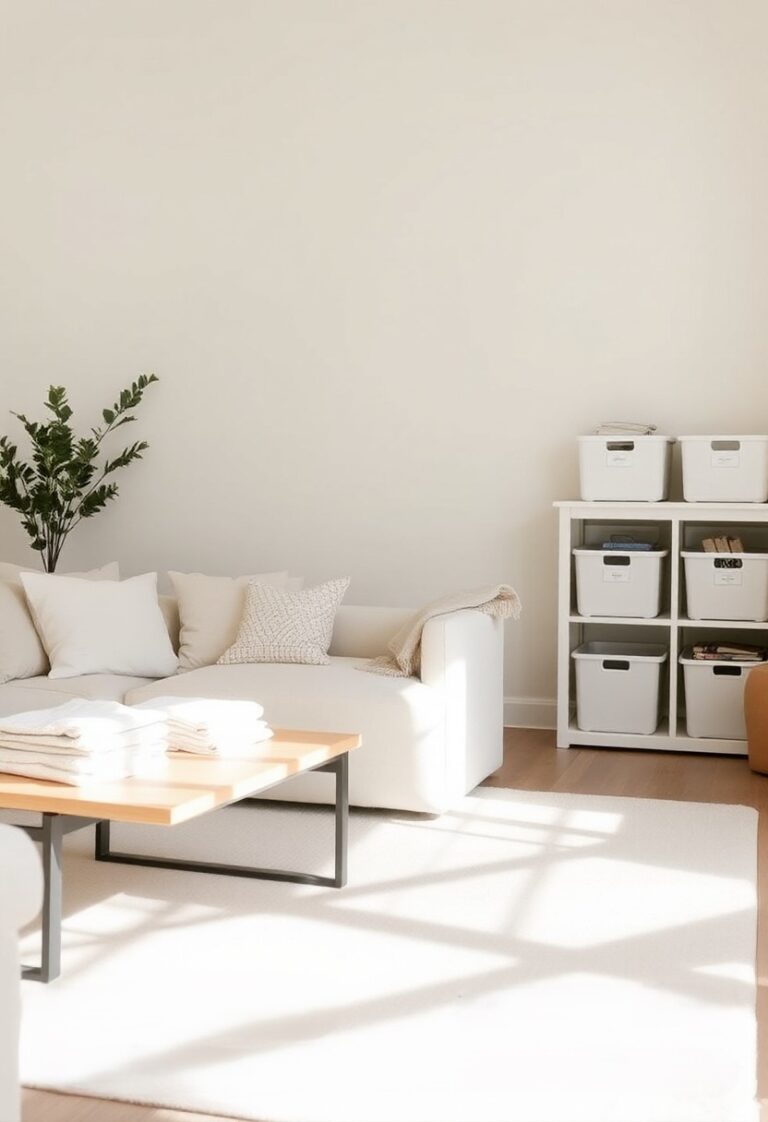Is your bedroom feeling cramped and cluttered? Learning how to arrange bedroom furniture properly can instantly transform your space, making even the smallest rooms feel open and breathable. The right furniture arrangement doesn’t require expensive renovations or major purchases—just smart positioning and strategic planning.
In this comprehensive guide, you’ll discover techniques that interior designers use to maximize space through thoughtful planning. From bed placement to storage solutions, these actionable tips will help you create a room that feels twice as large without changing your square footage.
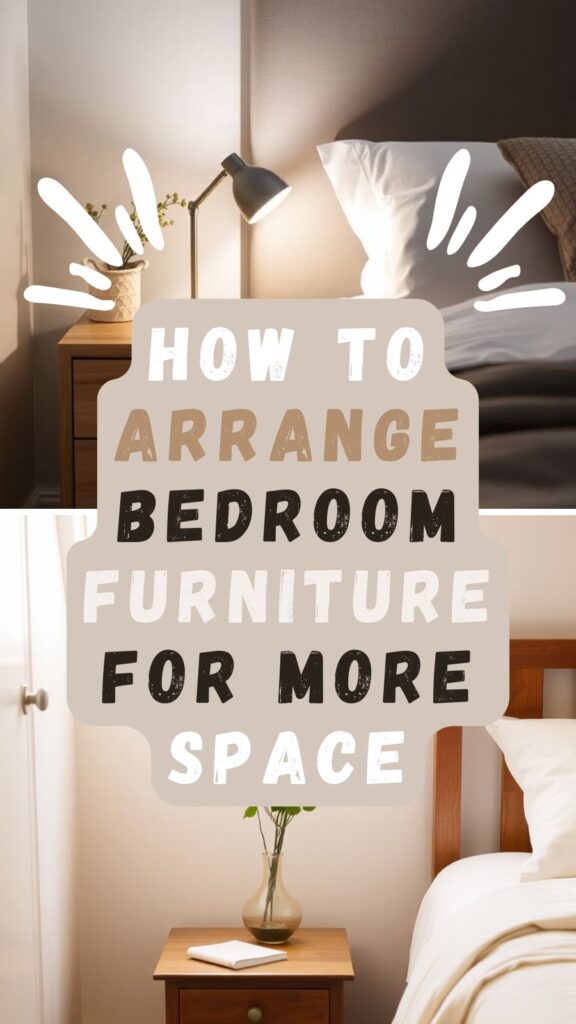
Choose the Right Bed Position for Maximum Space
The foundation of any effective layout starts with your bed placement. Since your bed is typically the largest piece in the room, its position dictates how spacious your bedroom feels.
Place your bed against the longest wall to create the most open floor space. This technique immediately makes the room feel larger by maximizing walking areas and creating clear sight lines.
Consider these strategic bed positioning options:
• Diagonal placement in larger bedrooms can create interesting angles while maintaining spaciousness • Floating the bed away from walls (when space permits) creates a calming and spacious atmosphere • Corner positioning works well in smaller spaces, leaving the center of the room open
Avoid pushing your bed directly against windows, as this blocks natural light—a crucial element for creating the illusion of space. Instead, position your bed where morning light can naturally fill the room, enhancing your overall layout.
Select Space-Saving Furniture Pieces
Smart furniture selection is essential for an effective layout that maximizes space. Multi-functional pieces serve double duty while reducing clutter and visual weight.
Storage beds with built-in drawers eliminate the need for additional dressers while keeping your setup streamlined. Platform beds with low profiles create more visual space between the floor and ceiling.
Key space-saving furniture choices include:
• Nightstands with drawers instead of open shelving to maintain clean lines • Narrow dressers that fit in tight spaces while providing ample storage • Ottoman storage benches at the foot of the bed for extra seating and hidden storage • Wall-mounted floating shelves to replace bulky bookcases
When shopping for bedroom furniture, measure your space carefully. A piece that overwhelms the room will disrupt even the most thoughtful layout plan.
Create Clear Pathways and Traffic Flow
Proper traffic flow is crucial for any successful layout. Clear pathways make your space feel more open and function better for daily activities.
Maintain at least 24 inches of walking space around your bed and between furniture pieces. This breathing room prevents your space from feeling cramped or cluttered.
Design your pathways with these principles:
• Create one main pathway from the door to the bed • Keep secondary paths clear between closets, windows, and other frequently accessed areas • Avoid creating furniture obstacles that force you to navigate around pieces • Position furniture along walls when possible to maximize central floor space
A well-planned bedroom furniture arrangement should feel intuitive—you shouldn’t have to think about how to move through your space.
Use Vertical Storage Solutions
Maximizing vertical space is a game-changer for smaller rooms. Drawing the eye upward creates the illusion of higher ceilings and more spacious surroundings.
Install floating shelves near the ceiling for items you don’t access daily. This strategy keeps belongings organized without consuming precious floor space.
Effective vertical storage options include:
• Tall, narrow bookcases that reach toward the ceiling • Over-door organizers for accessories and small items • Wall-mounted hooks • Ceiling-mounted storage
Remember that your bedroom furniture arrangement should balance functionality with visual appeal. Too many items stored high up can make the space feel cluttered from above.
Position Mirrors Strategically for Space Illusion
Strategic mirror placement is one of the most powerful tools for creating spaciousness. Mirrors reflect light and create depth, instantly making your room feel larger.
Place a large mirror opposite your window to double the natural light and create the illusion of another window. This simple trick can transform a dark, cramped space into something bright and airy.
Mirror positioning strategies:
• Full-length mirrors on closet doors eliminate the need for floor-standing versions • Multiple small mirrors arranged as a group can create interesting focal points • Mirrored furniture pieces like nightstands reflect light while serving practical functions • Angled mirror placement can create interesting reflections and break up straight lines
Avoid placing mirrors where they’ll reflect clutter or unmade beds, as this will work against your layout goals.
Optimize Lighting to Enhance Spaciousness
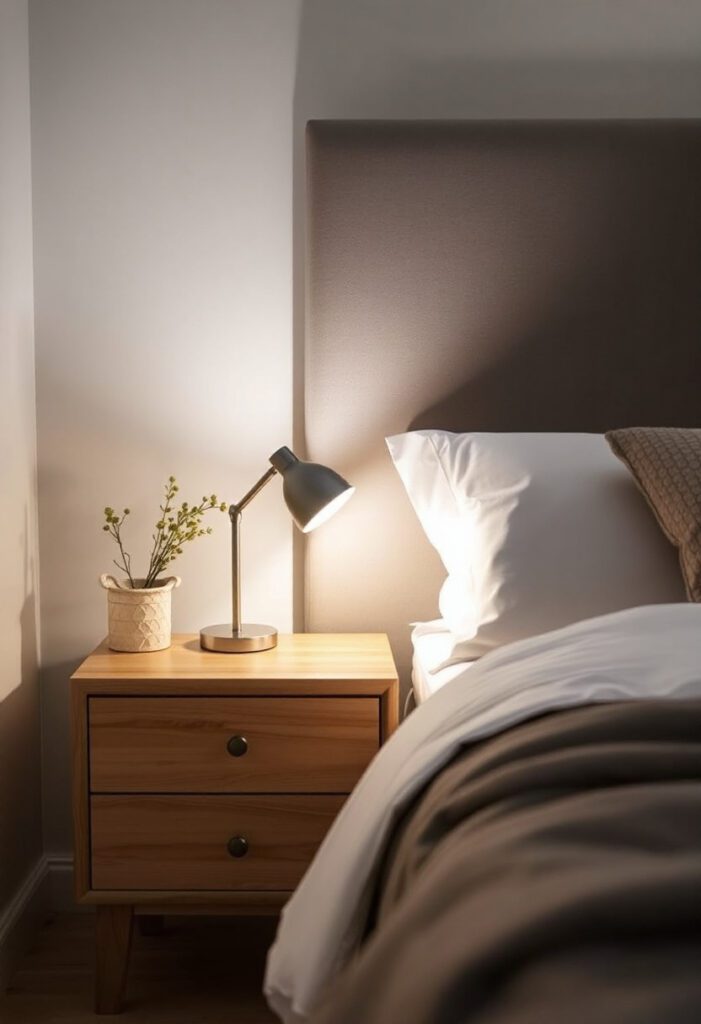
Proper lighting is essential for any layout that aims to create spaciousness. Dark rooms naturally feel smaller, while well-lit spaces appear open and inviting.
Layer different types of lighting to eliminate dark corners and shadows. Your space should incorporate ambient, task, and accent lighting for maximum impact.
Lighting strategies for spacious bedrooms:
• Overhead lighting provides general illumination without taking up floor space • Table lamps on nightstands create warm, inviting pools of light • Wall sconces free up nightstand space while providing reading light • Under-bed lighting can create a floating effect that makes furniture appear weightless
Natural light is your best friend in bedroom furniture arrangement. Keep window treatments light and airy to maximize daylight hours.
Keep Color Schemes Light and Cohesive
Color choices significantly impact how spacious your layout appears. Light, cohesive color schemes reflect more light and create visual continuity that makes spaces feel larger.
Stick to a palette of 2-3 coordinating colors throughout your bedroom. This cohesive approach prevents your space from feeling fragmented or chaotic.
Color strategies for spacious bedrooms:
• Light neutrals like whites, creams, and soft grays reflect maximum light • Cool tones like pale blues and greens can make walls appear to recede • Monochromatic schemes create seamless flow between furniture pieces • Strategic accent colors add personality without overwhelming the space
Dark colors can work in larger bedrooms, but they require careful consideration in your bedroom furniture arrangement to prevent the space from feeling closed in.
Declutter and Organize Regularly
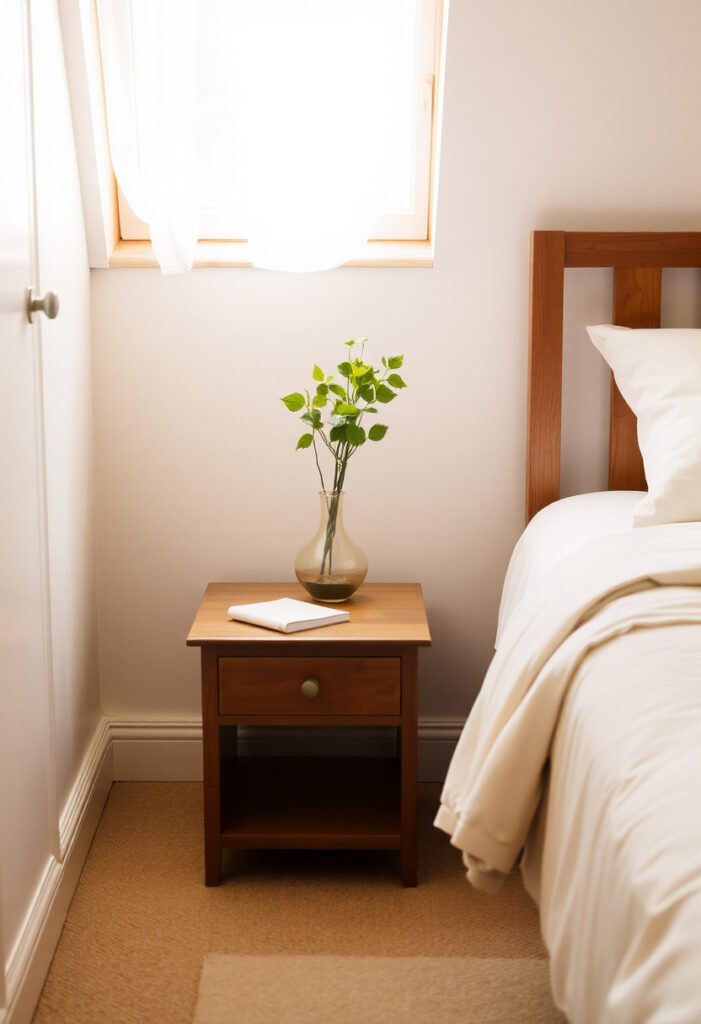
Even the most thoughtful layout won’t feel spacious if it’s cluttered with unnecessary items. Regular decluttering is essential for maintaining an open, airy feel.
Implement the “one in, one out” rule to prevent accumulation of excess belongings. This approach keeps your space clean and uncluttered over time.
Organization strategies:
• Daily bed-making instantly makes your room look more polished • Weekly surface clearing keeps nightstands and dressers from collecting clutter • Seasonal clothing rotation prevents overstuffed closets and drawers • Monthly decluttering sessions help you reassess what you truly need
A clutter-free bedroom furniture arrangement not only looks better but also feels more peaceful and restful.
Transform Your Bedroom Into the Spacious Retreat You Deserve
Creating a spacious bedroom through smart planning doesn’t require a complete overhaul or expensive purchases. By implementing these proven strategies—from strategic bed placement to vertical storage solutions—you can transform even the smallest bedroom into a space that feels open, organized, and inviting.
The key to successful bedroom furniture arrangement lies in understanding how each element works together to create visual space and functional flow. Start with one or two techniques that resonate most with your current situation, then gradually incorporate additional strategies as you see results.
Ready to take your bedroom transformation to the next level?
Frequently Asked Questions
Q: What’s the best bedroom furniture arrangement for small rooms under 100 square feet? A: Focus on a minimalist layout with your bed against the longest wall, wall-mounted storage, and multi-functional furniture pieces. Avoid placing furniture in the center of the room to maximize walking space.
Q: How do I arrange bedroom furniture in a long, narrow room? A: Position your bed along one of the shorter walls and create a layout that emphasizes the width rather than the length. Use horizontal furniture pieces and avoid lining everything up along one long wall.
Q: Can I make my bedroom furniture arrangement work with a king-size bed? A: Absolutely. Center the king bed along your longest wall and choose proportionally appropriate furniture. Your layout should maintain at least 24 inches of clearance around the bed for comfortable movement.
Q: What furniture arrangement mistakes make rooms look smaller? A: Common mistakes include pushing all furniture against walls, choosing oversized pieces, blocking natural light sources, and creating cluttered surfaces. A thoughtful bedroom furniture arrangement avoids these space-shrinking errors.
Q: How often should I rearrange my bedroom furniture for optimal space? A: Evaluate your setup seasonally or whenever your needs change. Most people find their optimal layout within 2-3 arrangements, then make minor adjustments as needed for functionality and freshness.

